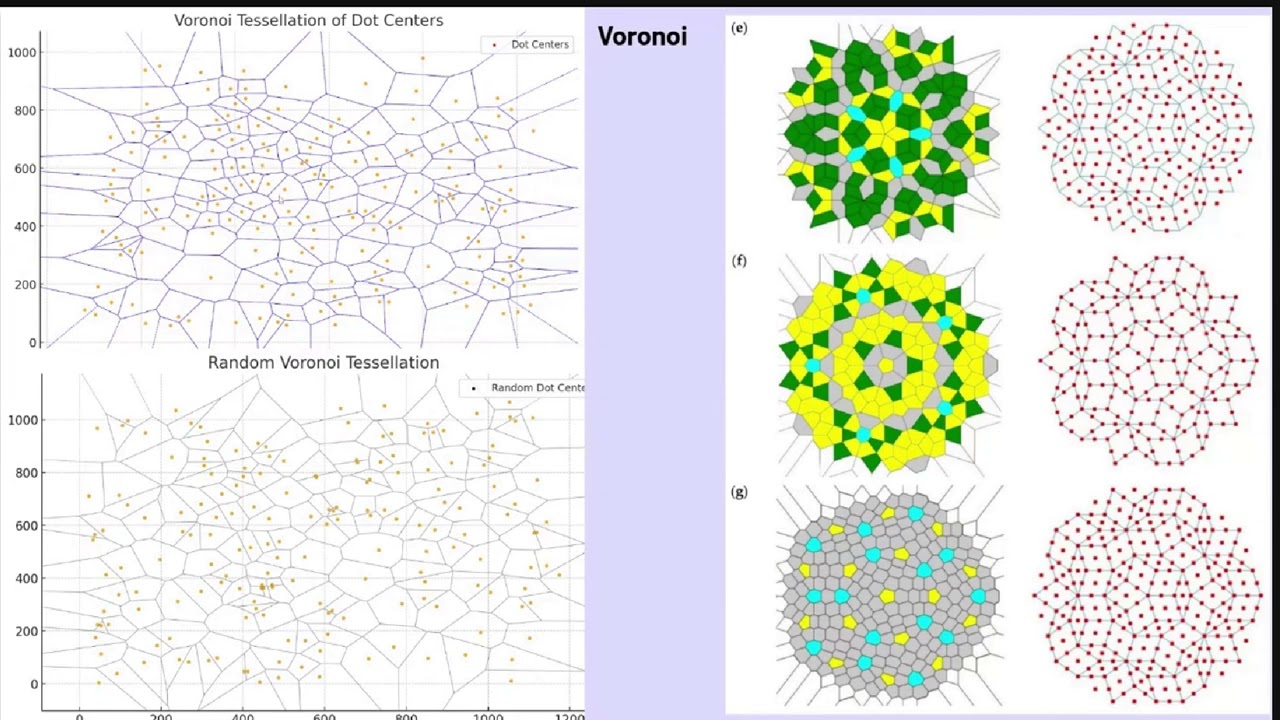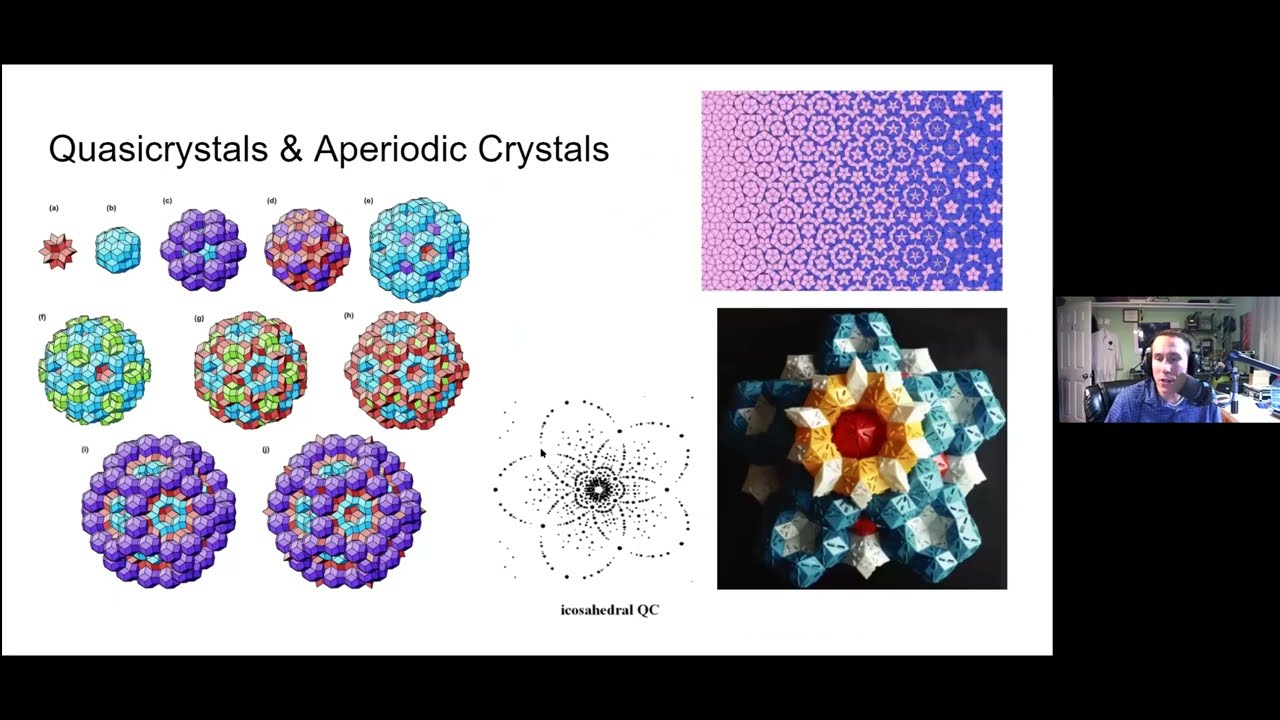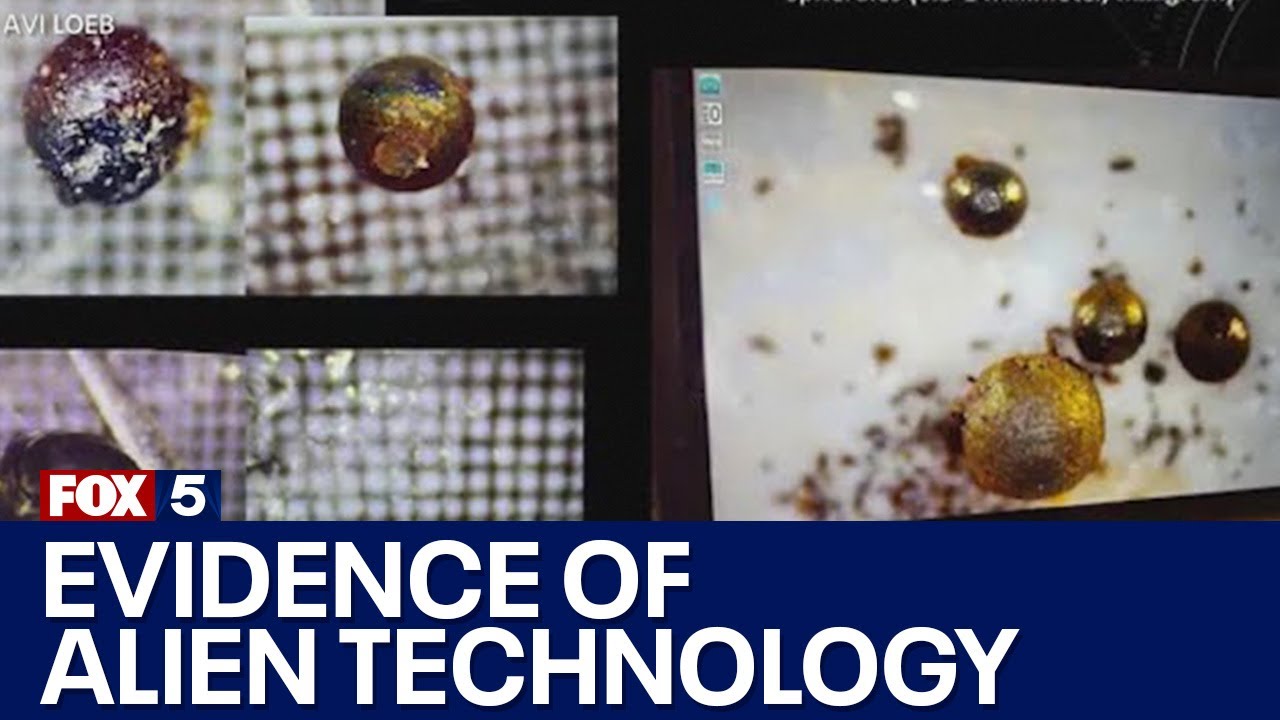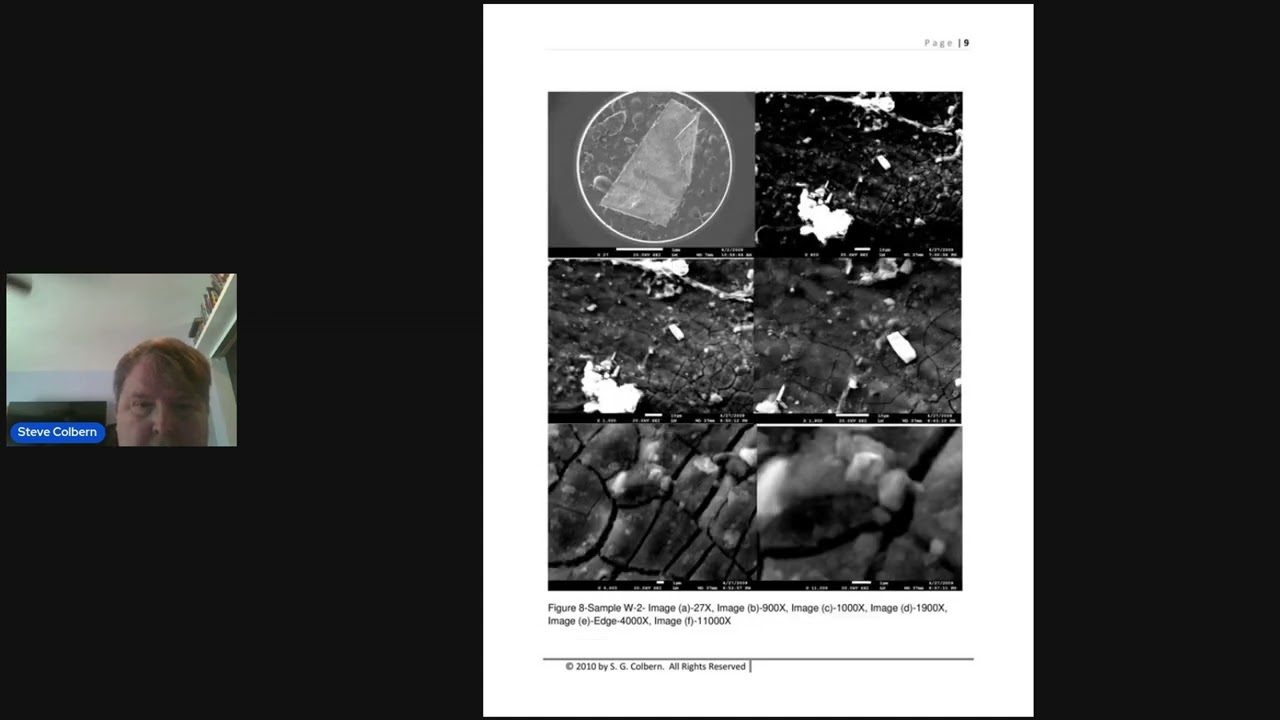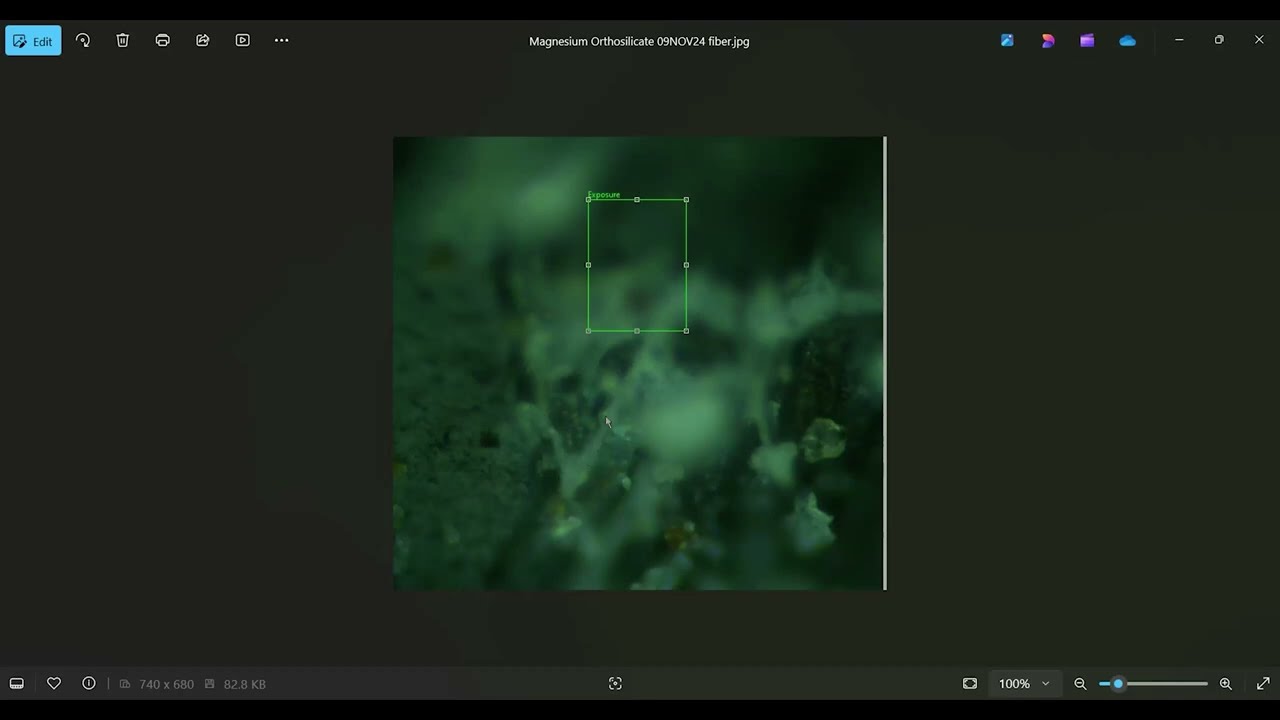Do UFOs Contain Exotic Material?
Larry Lemke analyzes the “Roswell Memory Foil,” a purported material from the 1947 Roswell incident, based on witness accounts. The analysis focuses on six key characteristics: metallic appearance, low density, extreme strength, optical activity, shape memory, and extreme heat resistance. While conventional physics can explain some properties (metallic appearance, low density, and even high strength to a degree), the foil’s remarkable shape memory and complete resistance to heat defy known materials science.
Lemke proposes a novel explanation involving a repulsive gravitational field generated by a metamaterial incorporating negative mass matter. This hypothetical field would account for the material’s unusual properties, including its low density, high strength, resistance to heat transfer, and potentially its optical waveguide properties. The presentation concludes that while the existence of negative mass matter remains theoretical, it offers a potential explanation for the anomalous characteristics of the Roswell Memory Foil.
The Roswell Connection and Early Accounts:
The story begins, as many Roswell-related narratives do, in July 1947. The majority of witness accounts were collected in the 1980s and 90s, but a particularly compelling report from 2016 details the experiences of two children, Jill (10) and John (8), in Page Manor, Ohio (near Wright-Patterson AFB) in 1957. These children played with a piece of the material for a week, providing invaluable insights into its properties. Their father’s professions – an Air Force pilot and an engineer/scientist in the Foreign Technology Division at Wright-Patterson – add another layer of intrigue.
The children described the material as a thin foil, approximately 8.5 x 11 inches, which they subjected to a series of experiments. They crumpled it, hammered it, cut it, and even placed it under a truck – all without causing any damage. Exposure to high temperatures in a forge also proved ineffective. One particularly noteworthy observation occurred when Jill transported the material in her bicycle basket at night. The streetlights illuminated the foil, and the light appeared to travel along its surface, suggesting a waveguide effect.
Six Key Characteristics and Conventional Explanations:
The research identified six key characteristics of the Roswell Memory Foil:
- 1.Metallic Appearance: A gunmetal gray, shiny, and lustrous surface. This is explained by the electron sea model, requiring no new physics.
- 2.Lightweight/Low Density: The foil floats on water, with a density of approximately 1.0. This could be due to hydrophobic properties or internal voids. Some witnesses reported a fabric-like structure under magnification. Again, no new physics is needed here.
- 3.High Strength: The material withstood impacts from a .30-06 rifle and projectile tests without any damage. While materials like silk and Kevlar exhibit some resilience, they wouldn’t withstand such impacts at the velocity of a .30-06 round. The foil’s strength is estimated to be double that of Kevlar, theoretically achievable with advanced materials, though not in 1947.
- 4.Shape Memory: The foil showed no permanent creases after crumpling and instantly returned to its original shape. While all materials exhibit some shape memory due to Hooke’s Law, the foil’s near-perfect recovery at extremely high strain (near 100%) is extraordinary. Rubber’s high elastic limit provides a partial explanation, but no known material combines rubber’s elasticity with the foil’s metallic appearance and strength. The instantaneous recovery suggests surface forces are at play.
- 5.Optical Activity: The waveguide effect observed by Jill suggests the material possesses unique optical properties. Possible explanations include hyperbolic metamaterials or a refractive index gradient near the surface, neither consistent with 1947 technology.
- 6.Extreme Heat Resistance: The foil showed no signs of glowing or melting when exposed to high heat sources, including an oxy-acetylene torch. While some materials withstand such temperatures, they typically glow. The foil’s lack of glowing and immediate cool-down suggests a thermal superconductor, although high-temperature superconductors didn’t exist in 1947.
A Novel Explanation: Negative Mass Matter?
The research proposes a radical explanation: the material incorporates negative mass matter. This concept, explored by physicists like Ludinger, Bondi, and Forward, suggests that a mixture of positive and negative mass could create a gravitationally repulsive surface. This repulsive field would explain several anomalous properties:
- •Anomalous Thermal Behavior: The repulsive field would prevent energy transfer between the foil and the torch flame.
- •Low Density: The mixture of positive and negative mass reduces the apparent weight.
- •High Strength: The repulsive field contributes to the material’s exceptional strength.
- •Super Elasticity: The field’s influence on surface forces contributes to the instantaneous shape recovery.
- •Potential Optical Waveguide Properties: The field could influence the material’s interaction with light.
The researchers suggest that the foil might be an engineered metamaterial incorporating negative mass matter, creating a static, rather than dynamic, repulsive field. This remains a highly speculative, yet intriguing, hypothesis. Further research is needed to validate this theory and unravel the mysteries of the Roswell Memory Foil.
Register For UFORev
Want to see more great UFO Reverse Engineering stories? Sign up for our mailing list to get exclusive access to captivating presentations, engaging events, and more!
RECENT POSTS
Art’s Parts Sample May Contain Quasicrystals
April 7, 2025
Space Age Materials for UFO Reverse Engineering
April 7, 2025
Harvard Physicist May Have Found Alien Technology
April 7, 2025
San Augustin: UFO Crash Recovery Sample Analysis
April 6, 2025
Art’s Parts: Metallurgical Microscope Analysis
April 6, 2025
